“They Won’t Take Me Alive…”
November 11th, 2019
6 minute read
The story of Lt. Frank Luke, Jr. is the kind of tale that even Hollywood can’t make up. If you saw it in a movie, you’d likely comment that there is no way that it would have ever really happened. This story is all truth, however, and stranger than any fiction I could imagine. The story of Luke, a Medal of Honor recipient who died in combat during World War I, is incredible, and beyond that, uniquely American.
Frank Luke was born in May 1897, one of nine children in a German-immigrant family. He grew up in Phoenix, Arizona, where he lived his life as an early 20th century cowboy. Luke played football and baseball in high school, was a bare-knuckle boxer, broke horses and later worked in a copper mine.
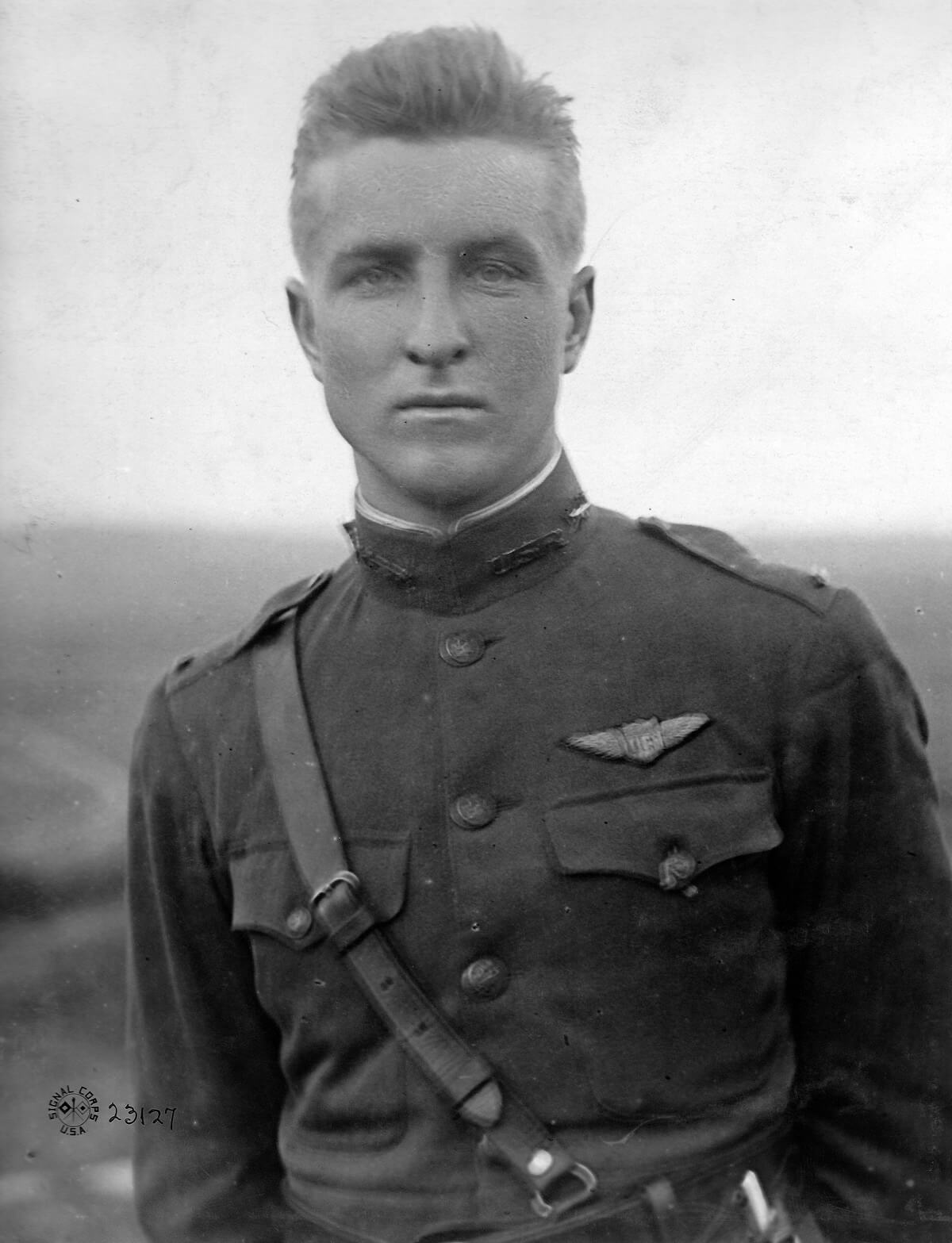
Path to Glory
In September 1917 during World War I he joined the Aviation Section of the United States Army Signal Corps, and after pilot training was posted to France. It would seem military discipline didn’t really connect with him. He was arrogant, often wild, and usually restless. Early missions with the 27th Aero Squadron saw him break formation to chase a German recon aircraft. Many of his squadron-mates didn’t trust him. Regardless, many pilots recognized Luke was also supremely talented.
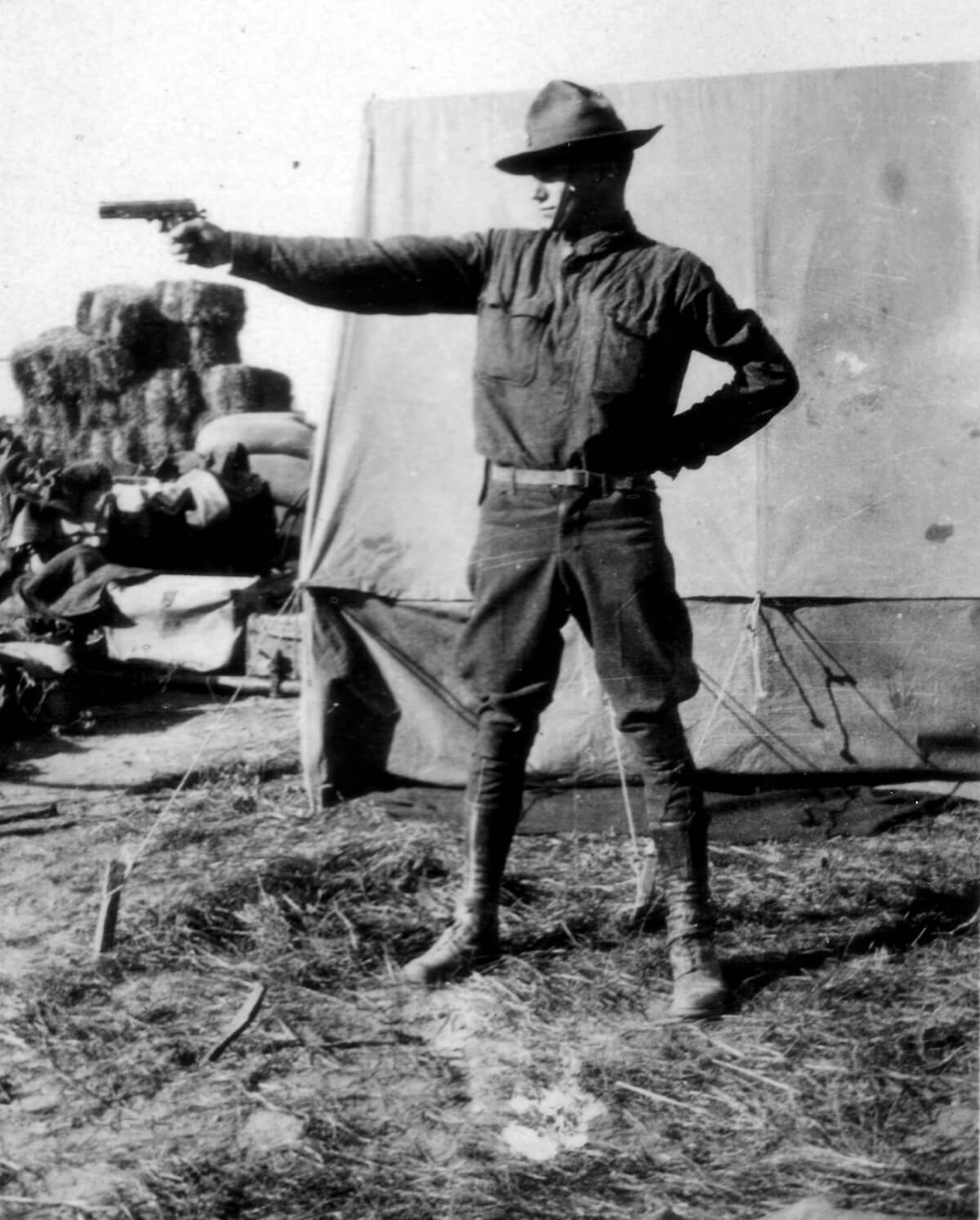
Luke impressed some of his squadron-mates with his abilities as a daredevil and pistol shooter on the ground. A fellow pilot in the 27th Aero Squadron described how Luke hung a target from the branch of a roadside tree. Then, with a M1911 pistol in either hand, Luke mounted a motorcycle and while roaring down the dirt road, controlling the cycle with his knees, blasted away at the target with the twin .45 pistols. His accuracy was noted to be impressive. Such was the legend of Frank Luke.
Clearing the Skies
Luke’s squadron was tasked with targeting German observation balloons that hung in the skies over the front lines along the Meuse River. These were captive balloons, attached to their moorings by a cable. The balloons were inflated with hydrogen and carried an observer to altitude equipped with powerful optics, an artillery spotter’s map and a telephone connection to the ground. The observers had a static-line parachute to escape if their balloon was attacked. Defenses were significant — anti-aircraft ranged from machine guns to 37mm semi-auto guns to 77mm cannons. German aircraft frequently flew defensive patrols over the balloons.
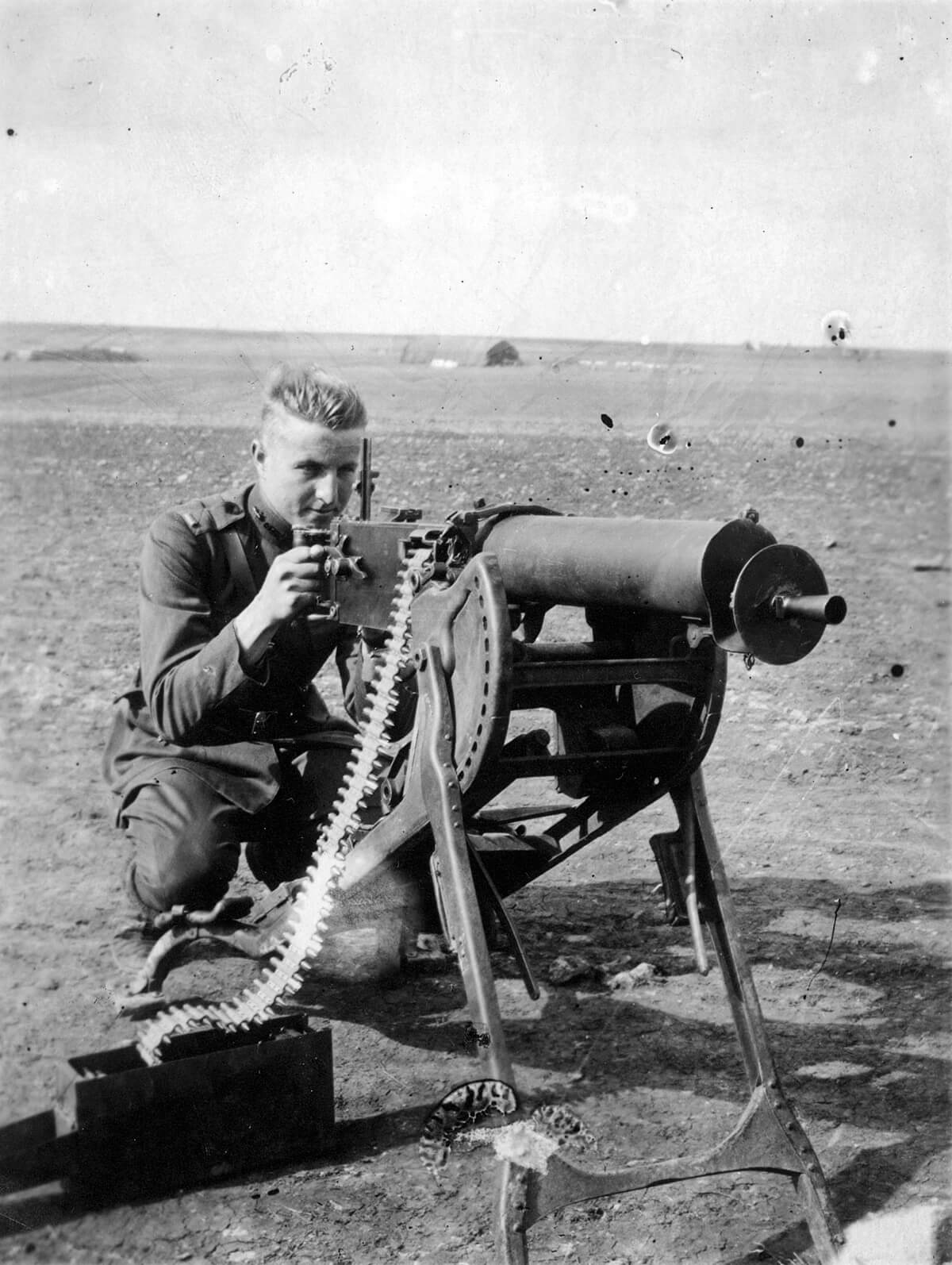
Attacking balloons was a supremely difficult and dangerous job, and Luke excelled at it. On his way to becoming the second-leading ace in the American Expeditionary Force, 14 of Luke’s 18 confirmed victories were observation balloons. He burned three on his last flight, the day of his death.
Luke’s ability as a marksman allowed him to tightly group his shots from the twin Vickers machine guns of his SPAD 13 fighter. Tight groups of shots tore open the balloons’ thick canvas hides, allowing the highly flammable hydrogen gas to leak out and be ignited by an incendiary round (which was every fifth round in his guns). By necessity, the range to the target was short, and if the balloon exploded there was always the danger of flying right into the fireball.
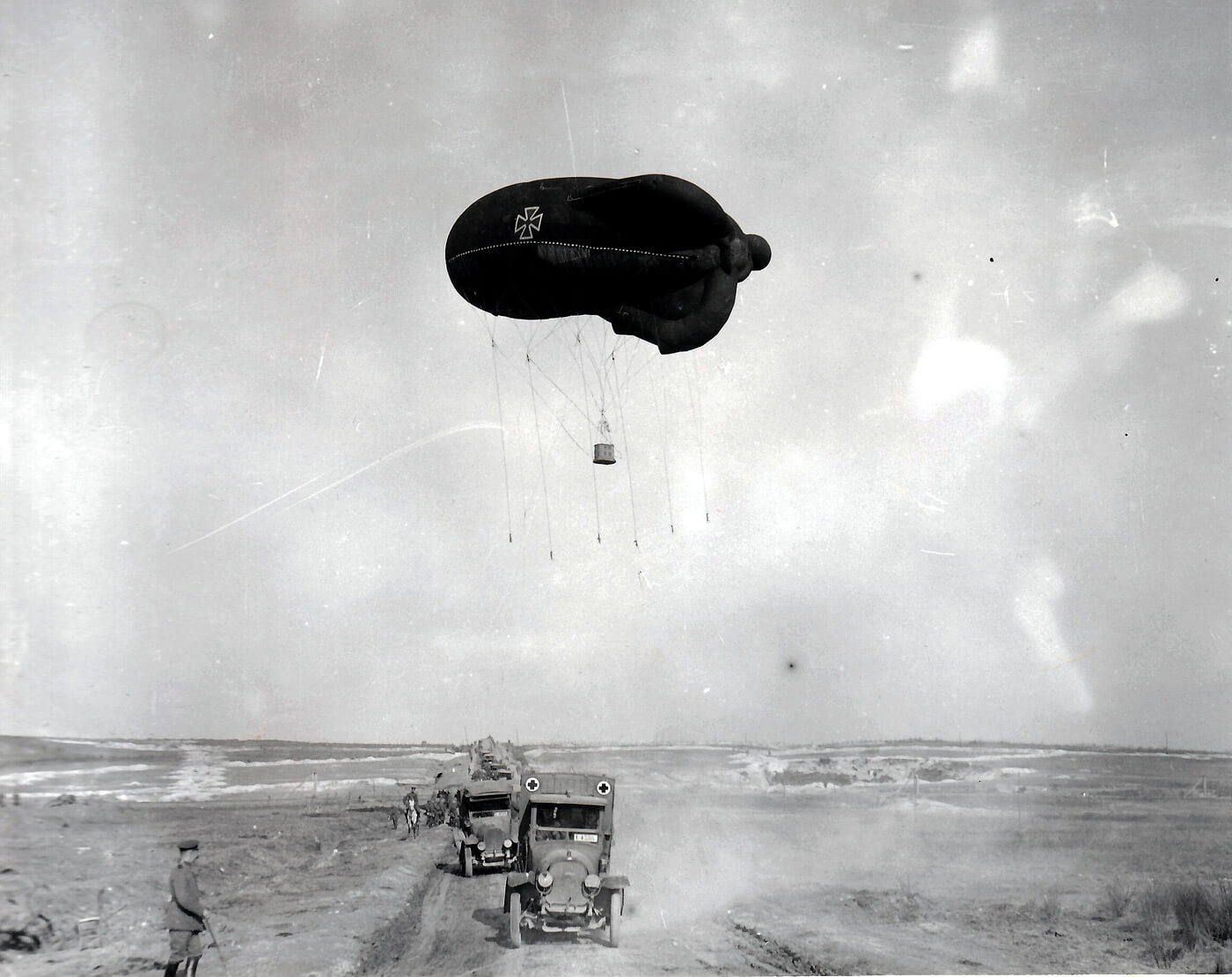
His Last Flight
Many Great War pilots carried a pistol with them in the tight confines of the cockpit. Some carried a handgun to give themselves a fighting chance if they landed in no-man’s land. But for many pilots, carrying a pistol meant retaining the ability to give themselves a quick and painless end. World War I aircraft were primarily made of wood and canvas. The danger of fire was ever-present, and parachutes were rarely issued to Allied pilots. A bullet to the head was considered preferable to burning or leaping to one’s death. Apparently, Luke carried at least one M1911 pistol aloft with him, and by some accounts two.
There are multiple accounts of Luke’s last mission and its violent end. Lieutenant Charles D’Olive, formerly a pilot with the 93rd Aero Squadron, commented about Frank Luke in a 1960 interview published in Cross & Cockade Journal. In late 1918, D’Olive visited the little farm where Luke had his last fight and interviewed the French woman who had seen it all happen from her window.
“I found the little farm, Murvaux Farm, over which Frank Luke flew from one balloon to another, when he saw these troops in the street. When he burned the second balloon, he came back shooting…One of those troops shot him from the ground. He landed four or five hundred yards down on a little slope.
“When he landed, the tail of his ship was pointed slightly towards the farm. He got out on the other side, sitting on the trailing edge of the wing, leaning up against the fuselage. He had been shot through the lung. When these German soldiers ran down there, they went around the tail of the ship and he killed seven of them with his two .45s. He was an excellent .45 handgun shooter.
“If a man can be brave, he was the bravest man I ever saw. He’d burn a balloon and then turn around and chase the gunners away from their guns just for the hell of it. If the rest of us got a good crack at a balloon, it was ‘in and then gone’ because the bullets were kind of thick. I never could burn one.”
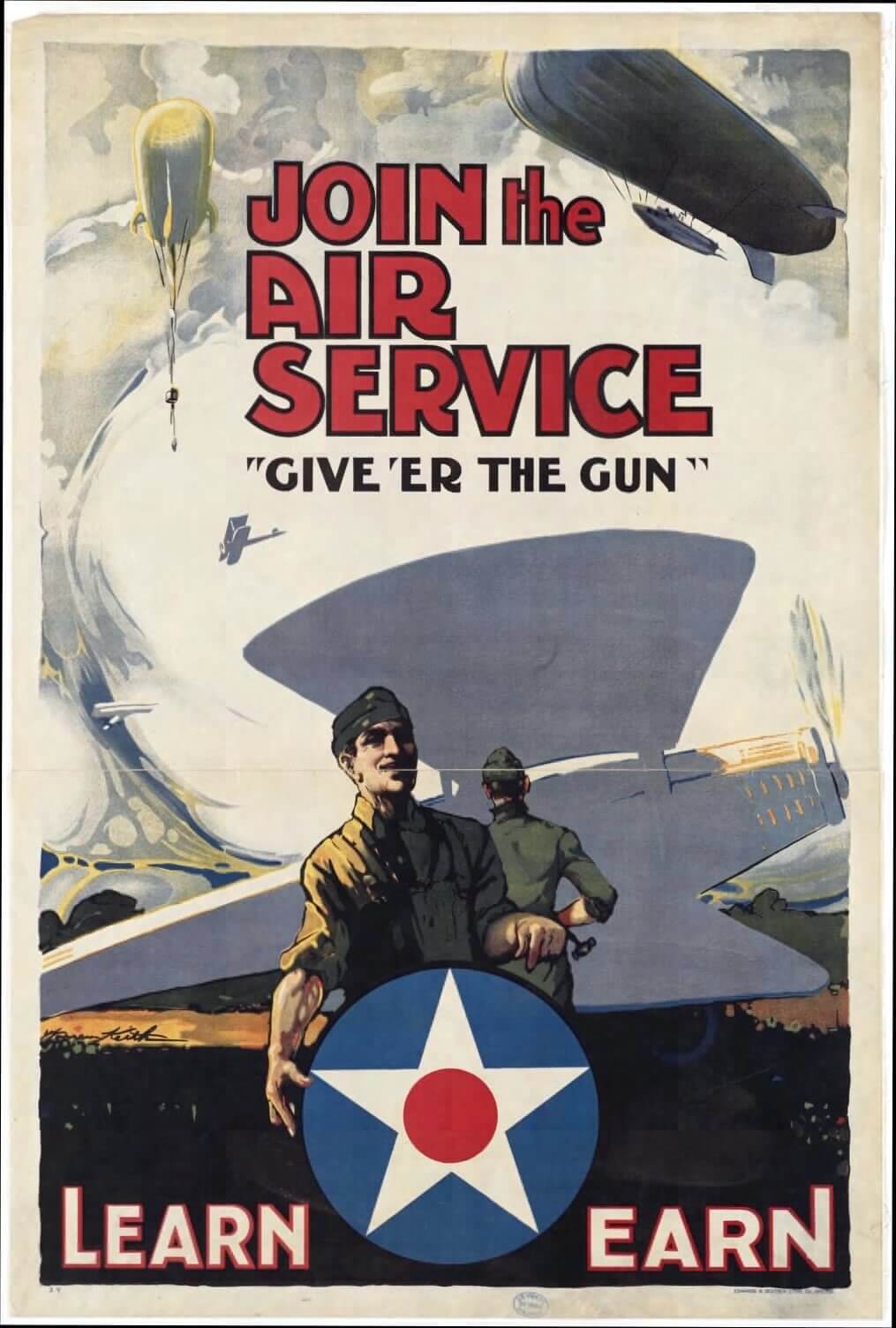
An Honored Hero
D’Olive’s comments are important as he collected his information soon after Luke’s demise. Later, the U.S. Army conducted its own research on Luke’s final battle. Their findings were similar. Frank Luke’s Medal of Honor citation reads as follows:
After having previously destroyed a number of enemy aircraft within 17 days he voluntarily started on a patrol after German observation balloons. Though pursued by eight German planes which were protecting the enemy balloon line, he unhesitatingly attacked and shot down in flames three German balloons, being himself under heavy fire from ground batteries and the hostile planes. Severely wounded, he descended to within 50 meters of the ground and flying at this low altitude near the town of Murvaux opened fire upon enemy troops, killing six and wounding as many more. Forced to make a landing and surrounded on all sides by the enemy, who called upon him to surrender, he drew his automatic pistol and defended himself gallantly until he fell dead from a wound in the chest.
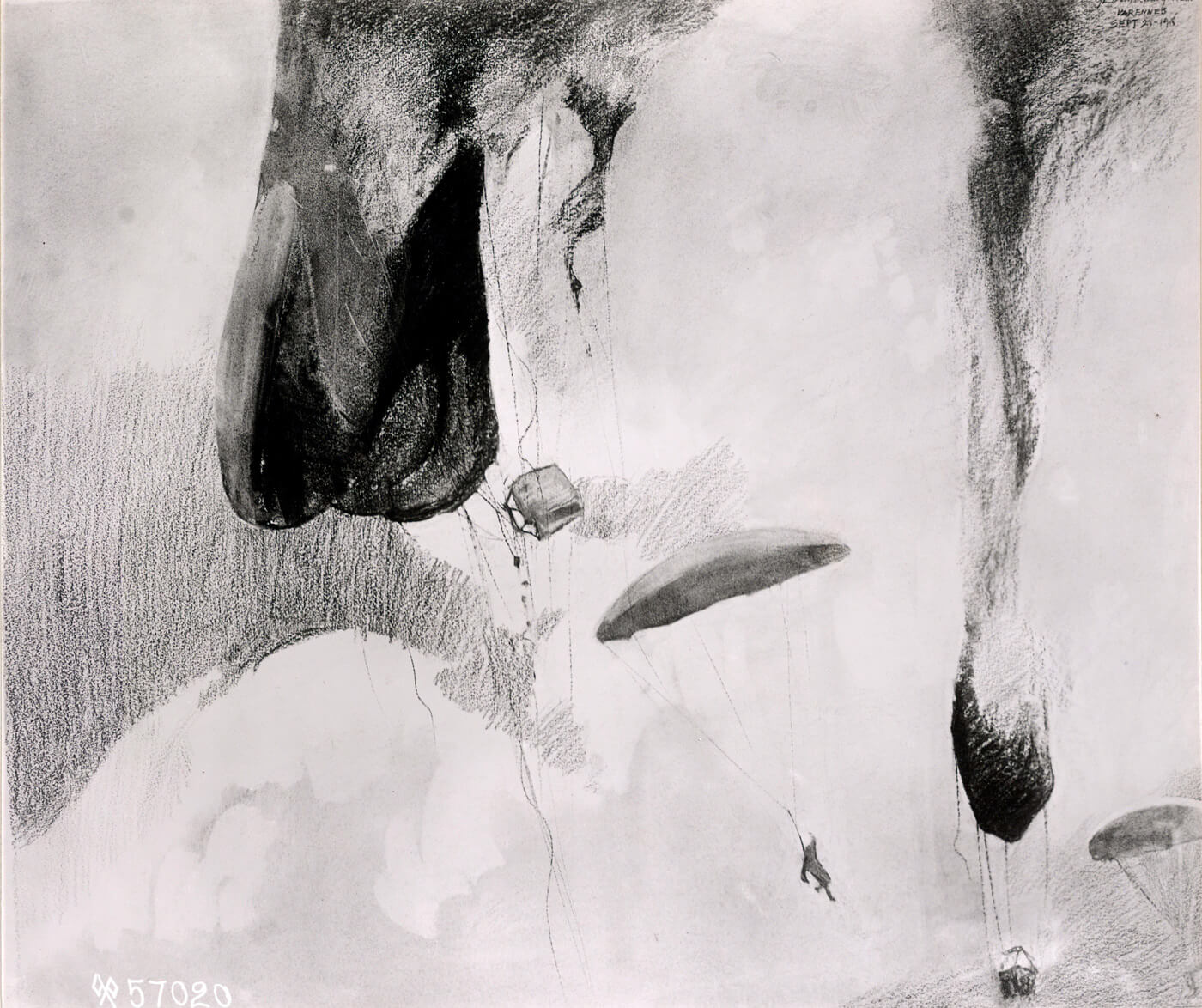
In the July 1962 Murvaux Affidavit, testimony from four French residents of the village of Murvaux at the time of Luke’s death was collected in which they described Luke’s wounds.
“According to what we could see and what Monsieur Vohner told us later there was only one wound in the body. A…shell had penetrated the chest near the right breast and came out under the left shoulder blade. The wound was a little over an inch in diameter where the projectile had entered the right breast and about two inches in diameter where it had come out of the back.”
Frank Luke had met his end. German fire had brought him down, and ultimately killed him. Through it all, he was a man of his word. Even though gravely wounded, barely able to breath, he refused to be taken alive. He defied the enemy to the last, fending them off with an M1911 pistol.

If you want to own your own M1911-style classic, you can pick up a copy of the 1911 Mil-Spec from Springfield Armory. Inspired by the M1911A1 update of the World War I-era M1911, the 1911 Mil-Spec looks like the classic 1911, but features modern upgrades and enhancements for today’s shooters. A great gun born from a design that has fought in hands of countless heroes over the decades.
Join the Discussion
Featured in this article
Continue Reading
Did you enjoy this article?

 274
274







